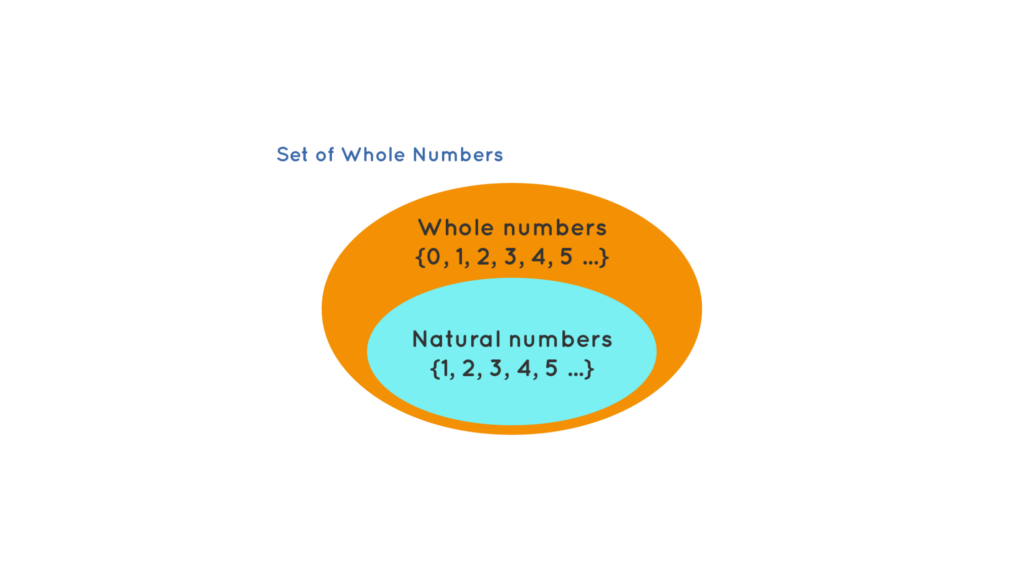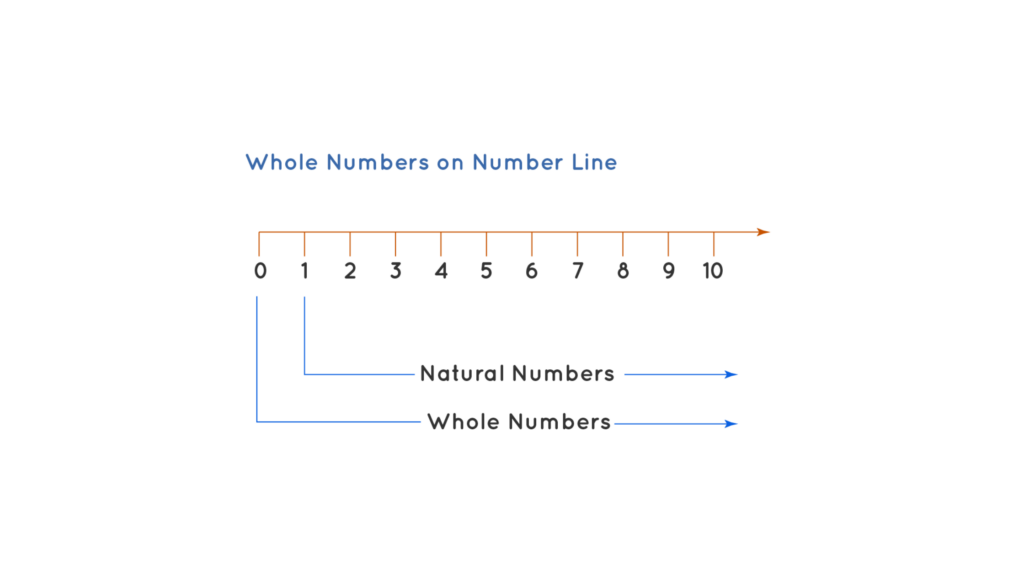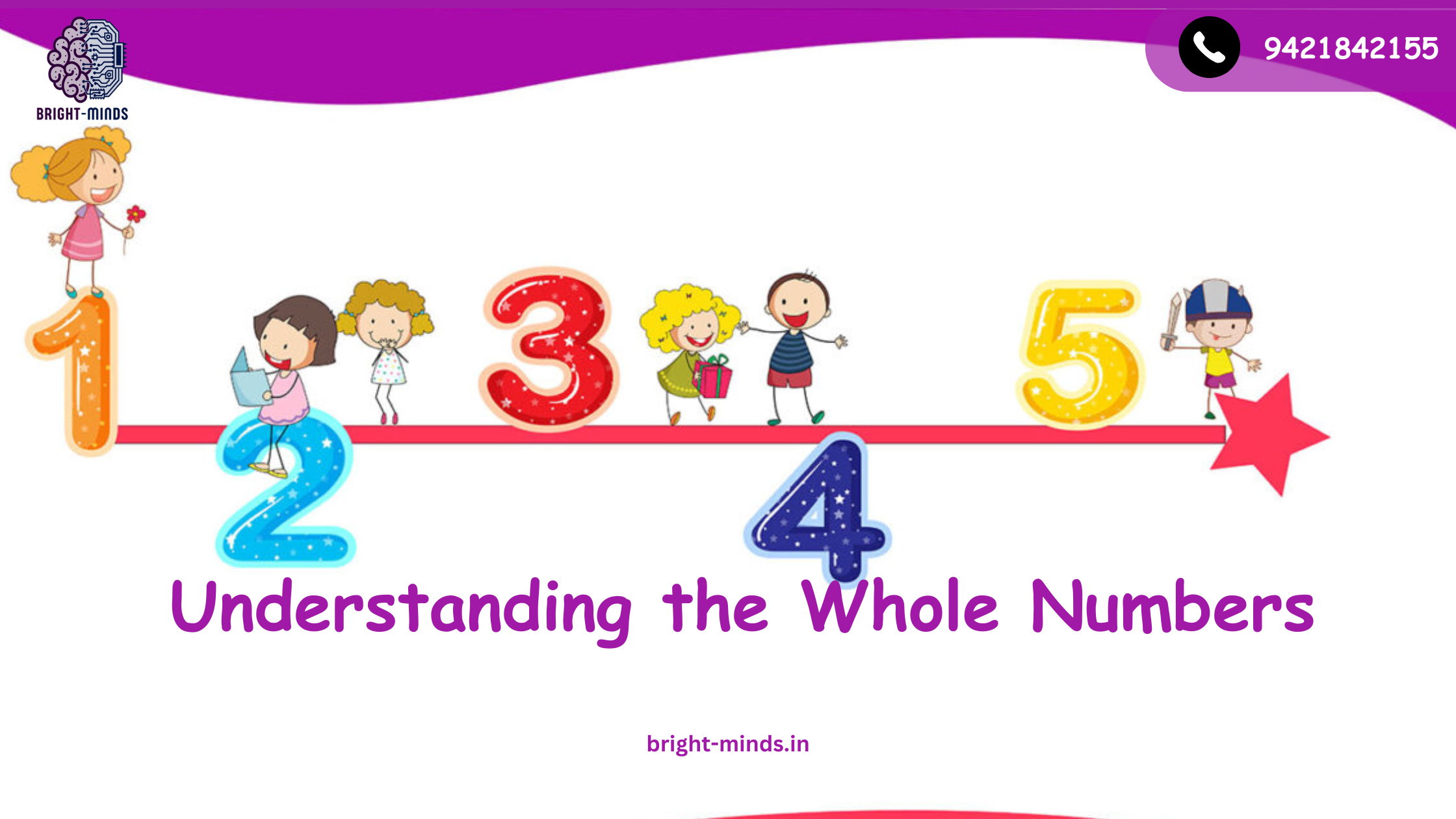Whole numbers are a set of numbers including all natural numbers and 0. They are a part of real numbers that do not include fractions, decimals, or negative numbers. Counting numbers are also considered as whole numbers. Let us learn everything about whole numbers, the whole numbers definition, along with whole number examples in this article.
What are Whole Numbers?
Whole numbers are defined as zero (0) and natural numbers. We are aware that a collection of counting numbers beginning with 1, 2, 3, 4, and so forth are referred to as natural numbers. A collection of numbers devoid of fractions, decimals, or even negative integers is referred to as a whole number. It is a set of zeros and positive integers. Another way to put it is that the set of non-negative integers is known as whole numbers. The existence of zero in the whole numbers set is the main distinction between natural and whole numbers.
Whole Number Definition
Whole Numbers are those counting positive numbers that start from 0 and go on till infinity. For example, 0, 1, 2, 3, 4, and so on.
Set of Whole Numbers
The set of natural numbers and the number 0 are included in the set of whole numbers. In mathematics, the set of whole numbers is represented by the symbol W and is given as {0, 1, 2, 3,…}.
{0, 1, 2, 3, 4, …} W =
- The following information can help you better grasp whole numbers:
- Every number in nature is a whole number.
- Every number in the counting is a whole number.
- Zero and all other positive integers are whole numbers.
- Real numbers are all entire numbers.
- A rational number is any entire number.
Whole Number Symbol
The symbol used to represent whole numbers is the alphabet ‘W’ in the uppercase, W = 0, 1, 2, 3, 4, 5, 6, 7, 8, 9, 10, …
Smallest Whole Number
According to the concept of a whole number, 0 is the smallest whole number because all whole numbers begin at 0. On a number line, zero is the number in between the positive and negative values. Zero is a placeholder even if it has no value. Therefore, zero is not a positive or negative number.
List of Whole Numbers
The list of whole numbers starts from 0, 1, 2, 3, 4, 5, and goes on till infinity.
Natural Numbers and Whole Numbers
We can infer from the definitions above that all whole numbers other than 0 are natural numbers. Furthermore, all natural numbers are whole numbers. Thus, the collection of natural numbers is either a subset of the entire number set or a component of the whole number set.

Difference Between Whole numbers and Natural Numbers
Let us understand the difference between natural numbers and whole numbers with the help of the table given below:
| Whole Number | Natural Number |
|---|---|
| The set of whole numbers is, W = {0,1,2,3,…}. | The set of natural numbers is, N = {1,2,3,…}. |
| The smallest whole number is 0. | The smallest natural number is 1. |
| Every natural number is a whole number. | Every whole number is a natural number, except 0. |
Whole Numbers on Number Line
As seen below, the number line can display both the set of whole numbers and the set of natural numbers. While all positive integers plus zero together represent the whole numbers, all positive integers or the integers on the right side of 0 represent the natural numbers. On the number line, both sets of numbers can be shown as follows:

It might be helpful

